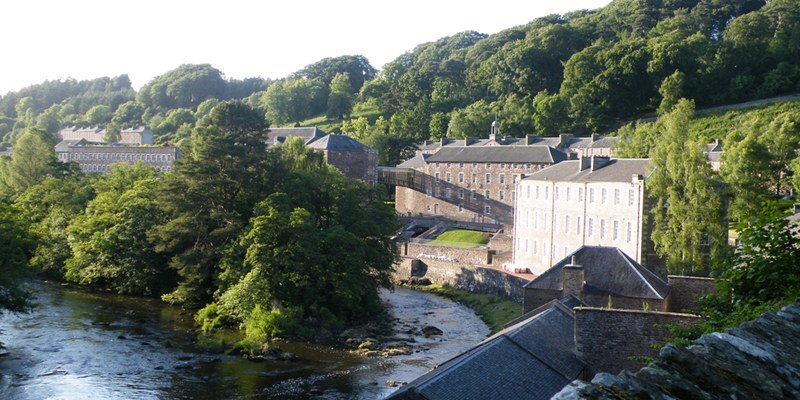Achieving UNESCO World Heritage Status would have an immense impact on the economies of Arbroath and St Andrews and bring international visitors in their droves, experience suggests.
New Lanark won UNESCO status in 2001 and the award triggered a tourism boom for the area.
Now, Arbroath Abbey, the Forth Bridge and St Andrews are in the running to join it in gaining similar recognition.
Graeme MacIver, development officer of New Lanark Trust, said achieving the status would likely result in greatly increased visitor numbers for Arbroath and St Andrews, creating additional tourism jobs and providing economic growth in the towns.
“We were awarded UNESCO status in 2001 and we got quite a lot of publicity which resulted in a positive impact on the visitor numbers,” he said.
“Since then we have had worldwide interest in the site. It’s been such a positive thing for us and I’m sure Arbroath and St Andrews would reap similar benefits.”
The New Lanark World Heritage site is a restored 18th century cotton mill village and is one of Scotland’s top attractions, welcoming over 400,000 visitors every year from all over the world.
The village became prominent when Robert Owen was mill manager from 1800-1825. Owen transformed life in New Lanark with ideas and opportunities which were at least 100 years ahead of their time.
Child labour and corporal punishment were abolished, and villagers were provided with decent homes, schools and evening classes, free health care, and affordable food.
Profits from the hotel and visitor attraction help the trust continue to restore and maintain the historic village.
Mr MacIver added, “There have been studies looking at the impact UNESCO World Heritage Status has had on the surrounding area by way of the number of visitors that come to the area.
“The research has shown visitor numbers contribute a large amount to the local economy. There is also the number of people that are provided by year round employment because of tourism.
“We have received a lot of international interest because of our history with the likes of Robert Owen. Japan for example has the largest Robert Owen society in the world.
“Foreign visitors are extremely interested in Scottish history and the UNESCO logo gives us extra credibility.
“Arbroath and St Andrews have a similar rich history that I’m sure would also be equally attractive to global visitors.”
Photo used under a Creative Commons licence courtesy of Flickr user stephclark.
